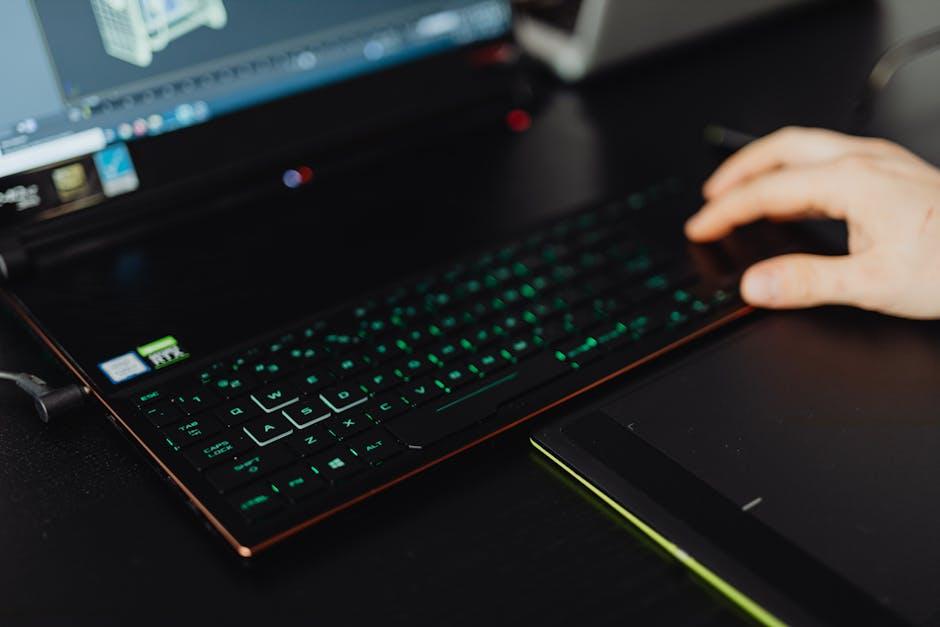Dark Mode UX: Designing for Visual Comfort and Consistency
In today’s digital landscape, user experience (UX) is paramount. One critical aspect of UX is dark mode, a feature that has gained massive traction across applications and websites. In this article, we will delve into Dark Mode UX, exploring its benefits, practical tips for design, and real-world case studies. Our focus will be on creating visually comfortable and consistent designs.
Understanding Dark Mode UX
Dark mode is a graphical user interface (GUI) that uses light-colored text, icons, and UI elements on a dark background. The design choice aims to reduce eye strain, enhance readability, and extend battery life on OLED screens. As user preferences shift towards tailored visual experiences, dark mode becomes an integral part of UX design.
The Benefits of Dark Mode
- Reduced Eye Strain: Dark mode is easier on the eyes, especially in low-light environments.
- Enhanced Readability: High contrast between text and the dark background improves legibility.
- Battery Efficiency: OLED screens consume less power in dark mode, prolonging battery life.
- Design Appeal: Dark themes can create a sleek, modern aesthetic that appeals to users.
Practical Tips for Designing Dark Mode Interfaces
Creating a successful dark mode UX involves more than simply inverting colors. Here are actionable tips to enhance your dark mode design:
1. Use Appropriate Color Palettes
Select colors that work harmoniously against dark backgrounds. Here are the key color selection tips:
- Avoid pure black (#000000); opt for dark grey (#121212) to soften the contrast.
- Incorporate muted colors for visuals to prevent them from overwhelming the user.
- Utilize a color contrast checker tool to ensure accessibility for users with visual impairments.
2. Maintain Consistency
Consistency across your interface enhances user experience. Consider these consistency strategies:
- Use the same font styles and sizes across both light and dark modes.
- Ensure icons and graphics have consistent appearances in both modes.
3. Test for Readability
Readability is key. Test text legibility under various lighting conditions, focusing on:
- Maintaining sufficient contrast ratios for all text elements.
- Avoiding small font sizes; use at least 16 pixels for body text.
Case Studies in Dark Mode UX
Let’s explore a few notable case studies that highlight the effectiveness of dark mode:
| Application | Key Features | Impact |
|---|---|---|
| YouTube | Toggle between light/dark modes, visually appealing design | Increased user engagement and retention. |
| Consistent UX across light and dark modes | Enhanced user satisfaction and time spent on the app. | |
| Slack | Customizable themes, user-friendly interface | Boosted productivity through user customization. |
First-Hand Experiences with Dark Mode
As a UX designer, I transitioned several projects to support dark mode. I noticed an immediate improvement in user satisfaction. Users reported feeling less eye fatigue during late-night work sessions. Moreover, the modern aesthetic of dark mode designs created a sense of sophistication that engaged users longer.
Designing for Accessibility
Taking accessibility into account is crucial while designing dark mode interfaces. Here are some tips:
- Provide toggle options that allow users to switch between light and dark modes.
- Include descriptive alt texts for images and icons to assist users with visual impairments.
- Consider color blindness and provide alternative indicators besides color (e.g., patterns).
Conclusion
Dark Mode UX is not just a trend; it represents a significant shift towards user-focused design. By prioritizing visual comfort and consistency, designers can create engaging, accessible, and aesthetically pleasing interfaces. As dark mode continues to evolve, staying informed about the best practices and potential benefits will ensure that your designs meet the needs of a diverse audience. Integrate dark mode thoughtfully, and you’ll enhance user experiences while keeping your designs relevant and inviting.











